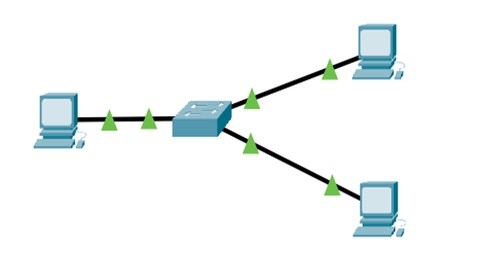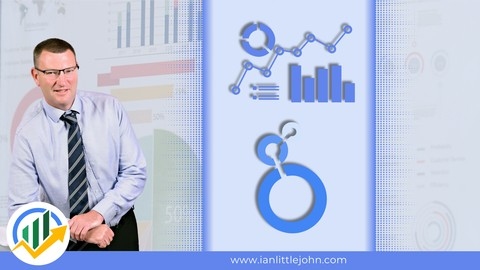
3 Best Apache Camel Courses On Udemy (2024)
Apache Camel is a powerful open-source integration framework that simplifies the process of connecting different systems and applications. It excels at handling data exchange between various protocols and formats, making it a valuable tool for building robust and scalable enterprise solutions. By mastering Apache Camel, you can unlock new possibilities for connecting disparate systems, automating workflows, and streamlining data processing. Finding a high-quality Apache Camel course on Udemy can be a daunting task, especially with so many options available....








